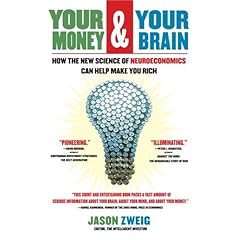I borrowed The Complete Tightwad Gazette by Amy Dacyczyn from my local library a while back because I’d read so much about it on other personal finance blogs. I started reading through it, and I found so many good tips and ideas that I decided to buy a copy for myself from Amazon. This post is part of a series where I’ll share my take on some of my favorite tips from the book.
Everything You Already Know
Amy makes a point of explaining that personal finance advice is a lot like dieting advice. It’s mostly just a bunch of stuff you already know. We all know that to lose weight we need to eat fewer calories than we burn. To save money and get ahead in our personal finances, we need to spend less money than we earn. They’re both simple, and you already know those things. I’m not providing some great insight when I tell you to spend less than you earn.
But in personal finance advice, you’ll run into some strange ideas. I’m referring to the philosophy of “Don’t worry about being frugal and spending less. Just focus on earning more.” They’ll even go to the point of saying that frugality is stupid and a waste of time. But the problem is that this approach is one-sided and blind to the advantages of a combined approach.
The equivalent in dieting advice would be saying “Don’t eat less, just exercise more.” How many health professionals do you hear giving that kind of advice? None! The best dieting advice is a combination of eating less and exercising more.
In the same way, the best personal finance advice is a combination of spending less (frugality and smart choices) and earning more (diligent work, entrepreneurship, and smart investing). That’s what I aim to give you on Provident Planning – a balanced approach. Indeed, God’s Provident Plan is designed with this approach in mind. Contentment and hard work combining to yield generous giving.
But Amy offers a second part to this analogy. When she joined Weight Watchers, she already knew how to lose weight. But she kept going to the meetings because of the support network they provided. In the same way, she hoped The Tightwad Gazette could serve as a support network for those looking to save money – confirming what they already know, providing some useful tips, and encouraging each other along.
That’s my desire for Provident Planning as well. I want to create a community where we continue to learn about God’s desire for personal finances and encourage each other along our journey. Together, we can support each other as we seek to glorify God through our personal finances. You can help me with this effort by continuing to read and comment, and I will help by continuing to write what I hope are useful articles. You can help even more by contacting me with any feedback that can improve Provident Planning for everyone.
Sign Up for Free Updates!
If you want some more good ideas on saving money from The Complete Tightwad Gazette, make sure you sign up for free updates from Provident Planning. I write on a wide variety of personal finance topics, so even if you’re not interested in frugality I’m sure you’ll find something useful here.









